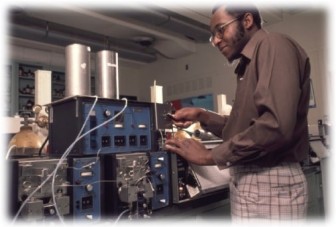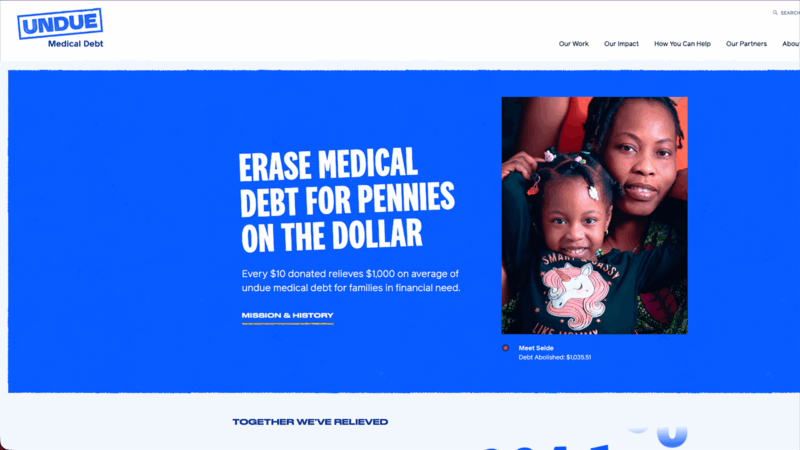Parker High School, Family And Community Helped Propel Top Scientist Dr. Willie May
College graduation is just days away for millions of students. A recent study shows there’s good news for grads looking for jobs in science, technology, engineering and math, also known as STEM fields. Dr. Willie May, a graduate of Birmingham’s Parker High School, struck out on a path in science more than 45 years ago, completing a chemistry degree at Knoxville College. Today, he’s one of nation’s chief scientists and heads the National Institute for Standards and Technology. Dr. May talks with WBHM’s Sherrel Wheeler Stewart about his work, how he got there and what science offers our nation’s youth.
What benefit does an education in science or technology offer graduates today?
“There are so many opportunities that you have as a scientist that you don’t have if you work in some other field. Scientists by our nature share our research results with the global community. The training you get as a scientist of assimilating information from diverse sources and making decisions, I think, prepare you for leadership positions in other areas.”
What sparked your interest in science?
“My mother had decided that I would go to college and the only way I could do that was to get a scholarship. My dad wanted me to play baseball. Back in those days in Birmingham, the big plants had teams – TCI, Conner Steel, Stockholm. If you played ball, you didn’t have to work very hard. Science intimidated folks, like it still does. This was the post Sputnik era. So if you had an aptitude for science, and pursued that, there was a great chance that you’d get a scholarship. My ambition was wearing a white lab coat and working in it, and not working in the steel mills and coal mines. So that was my vision for success.”
How do we attract youths today to the study of science and technology?
“I think we have to continually articulate the importance of science and technology to our well being as a society. I think we have to get kids to see that [science] it can be cool and exciting.”
Did you face barriers growing up in Birmingham in the 50s and 60s?
“Obviously growing up in Birmingham Alabama in the late 50s and 60s there were barriers, but fortunately I had lots of folks who invested a lot in me and I owed it to them not to allow those barriers to deter me.”
Can you tell us about the National Institute for Standards and Technology?
“We are doing science in any area of measurements in science that you could imagine. In 1901, we were developing the standards for light, light bulbs. Fast forward to 2016, we are researching advanced communication. We’re working with the buildout of of a nationwide LTE network for first responders. Every day has offered new challenges and an opportunity to see how my work and the work of the institution is making an impact on innovation, productivity and improve the quality of life not only in the U.S. but around the world.”
“There has not been one day in 45 years that I got up and said, “Dog, I got to get up and go to work today.”
How Alabama Power kept bills up and opposition out to become one of the most powerful utilities in the country
In one of the poorest states in America, the local utility earns massive profits producing dirty energy with almost no pushback from state regulators.
No more Elmo? APT could cut ties with PBS
The board that oversees Alabama Public Television is considering disaffiliating from PBS, ending a 55-year relationship.
Nonprofit erases millions in medical debt across Gulf South, says it’s ‘Band-Aid’ for real issue
Undue Medical Debt has paid off more than $299 million in medical debts in Alabama. Now, the nonprofit warns that the issue could soon get worse.
Roy Wood Jr. on his father, his son and his new book
Actor, comedian and writer Roy Wood Jr. is out with a new book -- "The Man of Many Fathers: Life Lessons Disguised as a Memoir." He writes about his experience growing up in Birmingham, losing his dad as a teenager and all the lessons he learned from various father figures throughout his career.
Auburn fires coach Hugh Freeze following 12th loss in his last 15 SEC games
The 56-year-old Freeze failed to fix Auburn’s offensive issues in three years on the Plains, scoring 24 or fewer points in 17 of his 22 league games. He also ended up on the wrong end of too many close matchups, including twice this season thanks partly to questionable calls.
In a ‘disheartening’ era, the nation’s former top mining regulator speaks out
Joe Pizarchik, who led the federal Office of Surface Mining Reclamation and Enforcement from 2009 to 2017, says Alabama’s move in the wake of a fatal 2024 home explosion increases risks to residents living atop “gassy” coal mines.









